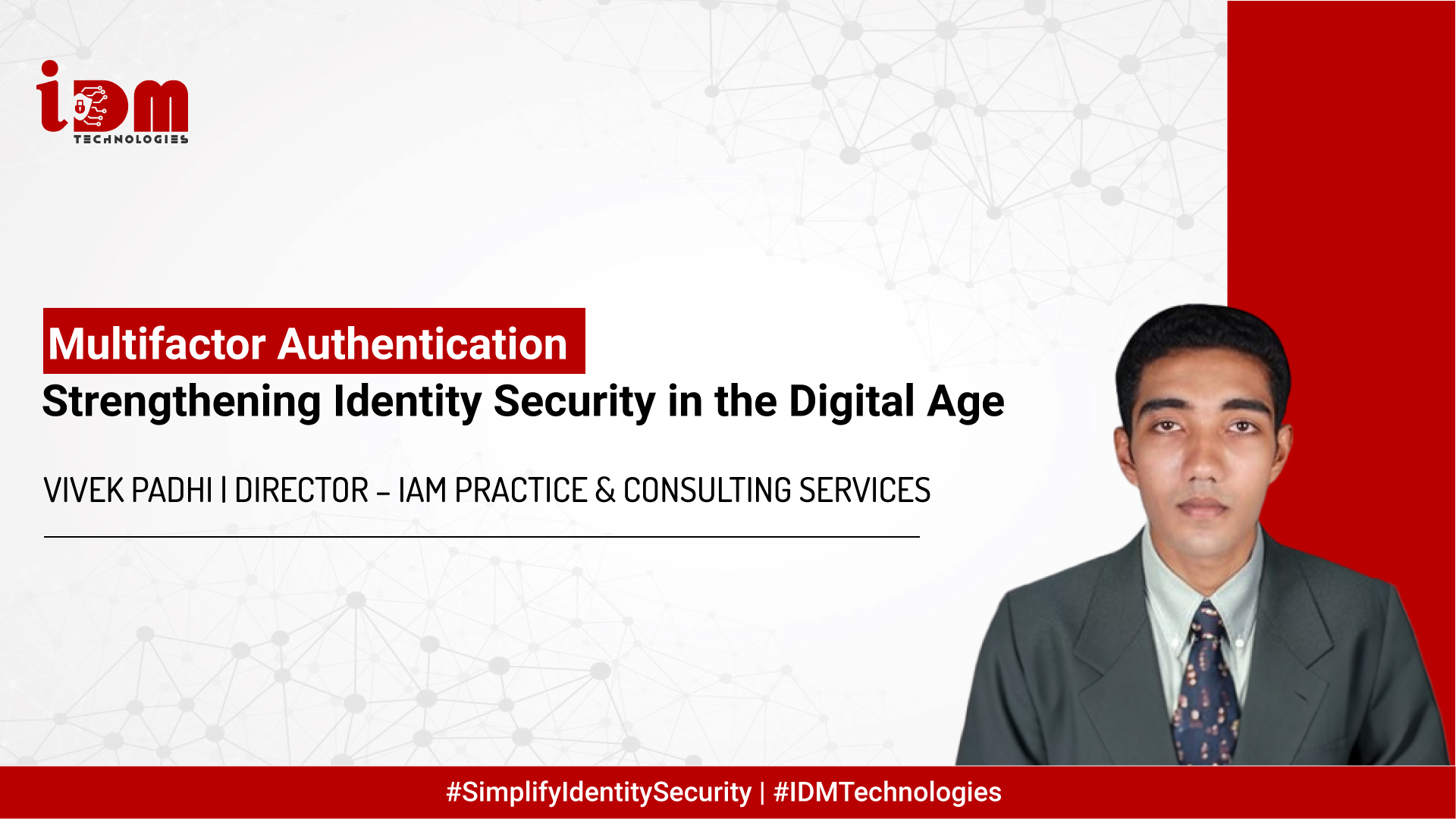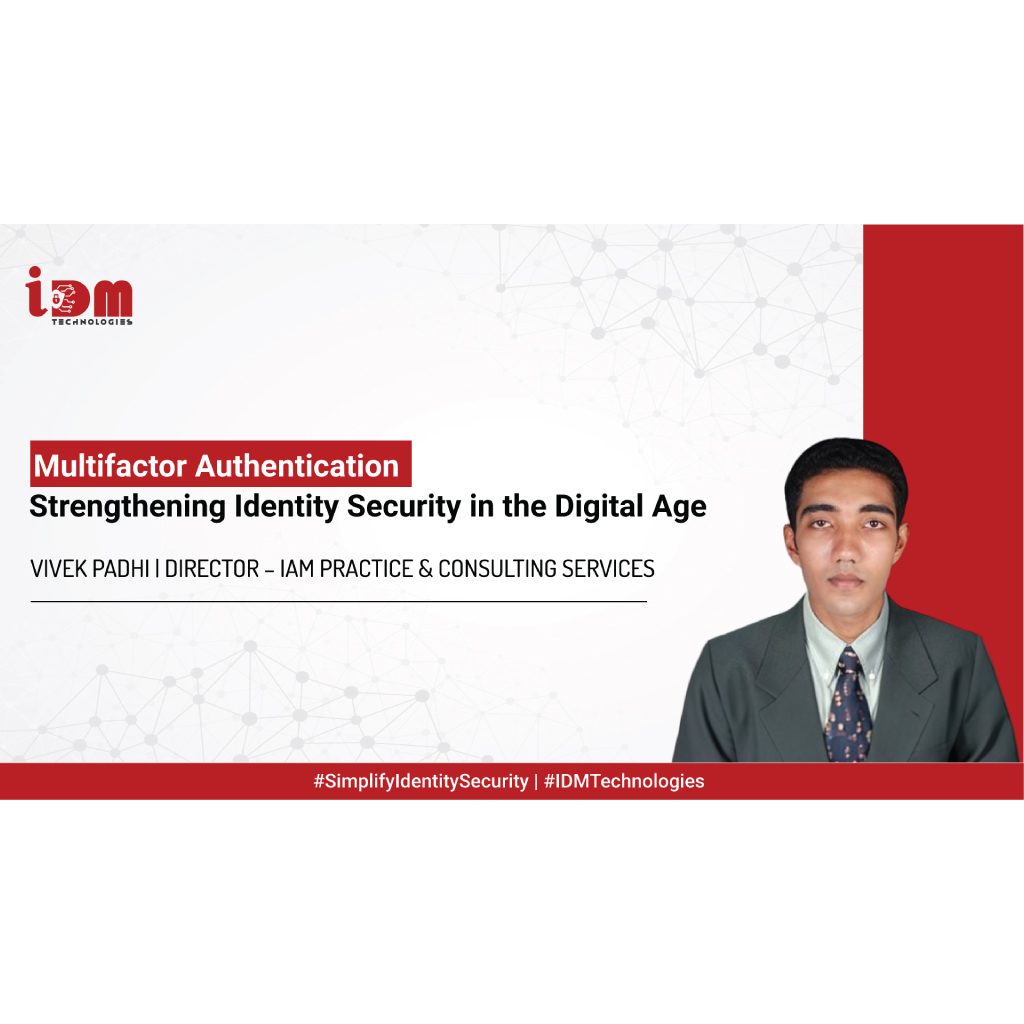
In today’s interconnected world, safeguarding digital identities has become paramount. Cyber threats are constantly evolving, posing significant risks to individuals and organizations alike. In this blog, we delve into the importance of multifactor authentication (MFA) as a robust solution for strengthening identity security and mitigating cyber risks.

In today’s interconnected world, safeguarding digital identities has become paramount. Cyber threats are constantly evolving, posing significant risks to individuals and organizations alike. In this blog, we delve into the importance of multifactor authentication (MFA) as a robust solution for strengthening identity security and mitigating cyber risks.
Multifactor authentication is a security measure that requires users to provide two or more verification factors to access a system or application. These factors typically include something the user knows (e.g., password), something the user has (e.g., smartphone or hardware token), and something the user is (e.g., biometric data like fingerprint or facial recognition).
Multifactor authentication is a crucial component of modern identity security strategies, offering robust protection against cyber threats and unauthorized access. By implementing MFA solutions tailored to their needs, organizations can strengthen security, enhance compliance, and build trust with stakeholders in an increasingly digital and interconnected landscape. Embracing MFA as a proactive security measure is essential for safeguarding digital identities and mitigating cyber risks effectively.
Our experts will be in touch with you shortly.